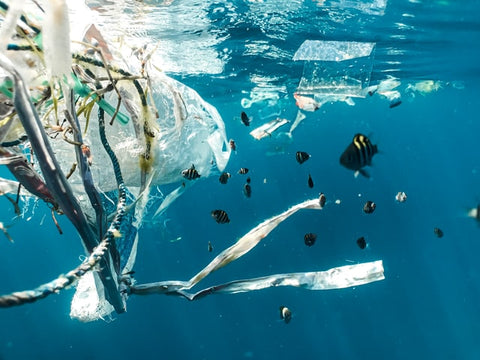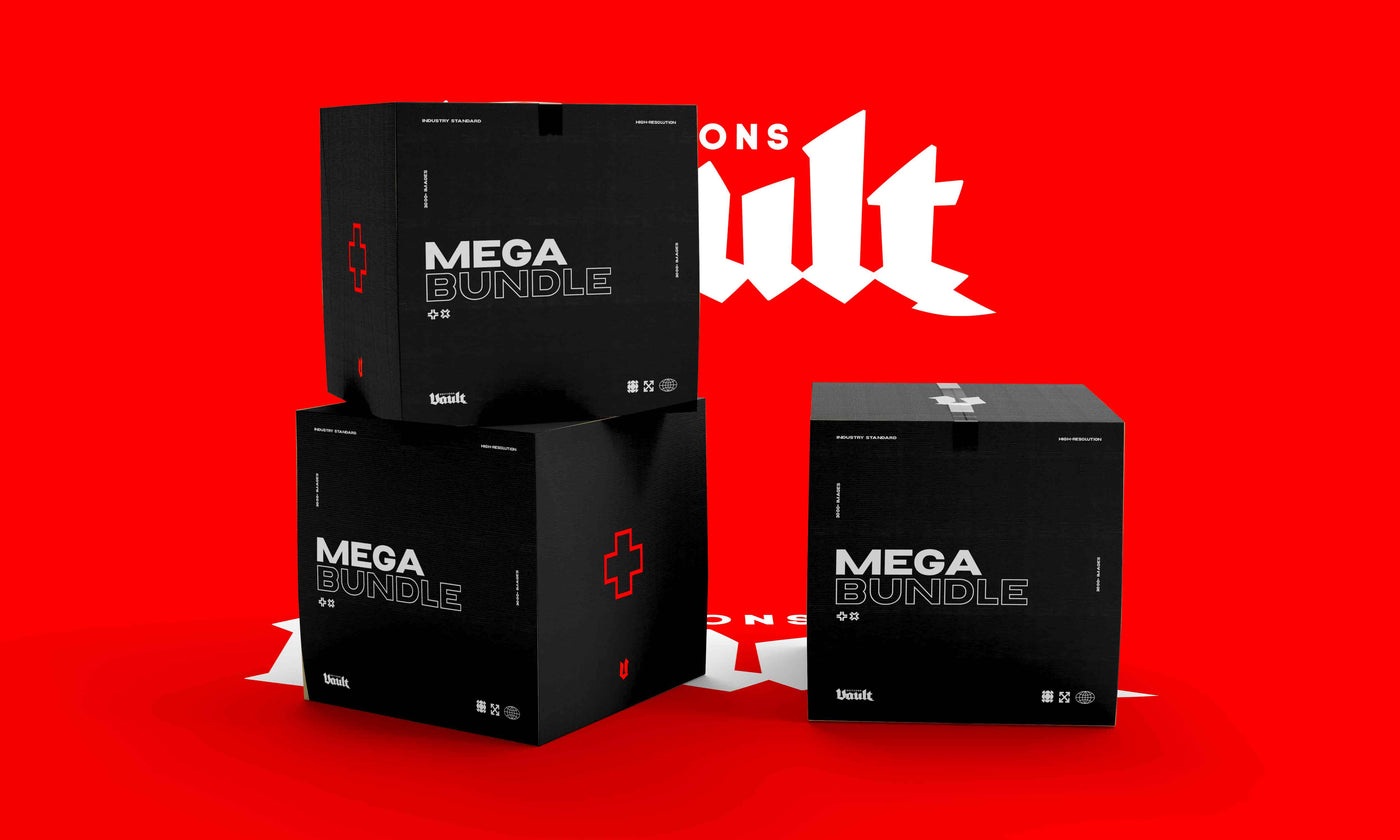The ocean is one of the most beautiful and majestic places on Earth, and it's also a vital resource we need to protect. The animals who live in the ocean and the coral reefs they call home are crucial to our planet's health. Unfortunately, humans have damaged and polluted our oceans to the point of serious danger. Marine animals are dying due to pollution, over-fishing, and climate change. The good news is that each of us can make a difference to help protect our oceans. This blog post will discuss ten ways we can work together to protect our oceans.
Reduce Seafood Consumption
Fishing is a significant threat to ocean conservation. Commercial fishing operations harvest billions of fish from the world's oceans yearly. It has a devastating effect on marine ecosystems, as it can strip whole areas of the sea of their fish populations, leading to a decline in the ocean's overall health and a loss of biodiversity. Reducing our seafood consumption is one way to help address this problem. By demanding less fish, we can help to reduce the pressure on wild fish stocks and give them a chance to recover.
Furthermore, fishing methods such as trawling can cause extensive damage to delicate coral reefs. So choosing to eat sustainably sourced seafood helps to support fishing practices that are more environmentally friendly. When it comes to ocean conservation, every little bit helps, by making more conscious choices about the seafood we eat, we can do our part to help protect this vital resource.
Avoid Products with Microplastics
Microplastics are tiny pieces of plastic that are in a variety of products, from cosmetics to packaging. They can also come from the breakdown of larger plastic objects. Once microplastics enter the ocean, they can do severe damage. They can physically harm marine life by entangling them or being accidentally eaten, resulting in digestive problems and even starvation. Microplastics can absorb toxins from the water, making them even more dangerous to ingest. They constitute a significant threat to the ocean and its inhabitants, and we must take steps to reduce our reliance on them.
Support Sustainable Fishing
Sustainable fishing is a type of fishing that does not damage the environment or deplete fish stocks. There are many ways to fish sustainably, such as using fishing gear that minimises bycatch (capturing non-target species), choosing environmentally friendly fishing methods, and fishing in areas with strong conservation measures. Spearfishing provides many benefits to the environment. As a method of fishing, it is far more selective than traditional techniques such as trawling or Gillnetting. Spearfishers can target specific fish species and then release the ones they don't want to keep. This process results in far less bycatch than other methods, which benefits the spearfisher and the environment. In addition, spearfishing is a relatively low-impact activity that doesn't damage the surrounding ecosystem. Unlike commercial fishing boats, spearfishers don't require large amounts of fuel or generate pollution or noise, making spearfishing an environmentally friendly way to fish.
When done correctly, sustainable fishing can provide a renewable source of food and income for millions worldwide. It also helps to protect biodiversity and promotes the health of our oceans for future generations.
Pick Up Litter and Plastic Debris
Litter and plastic pollution are severe threats to the world's oceans. Litter can damage delicate ecosystems, suffocate and strangle marine life, and spread harmful diseases. Plastic pollution is particularly problematic because it does not biodegrade and can persist in the environment for decades. This litter can entangle and kill marine animals, be mistaken for food by wildlife, and leach toxic chemicals into the water. Reducing litter and plastic pollution requires a concerted effort from individuals, businesses, and governments. Simple steps like properly disposing of litter, recycling plastic items, and supporting conservation initiatives can help to protect our oceans for future generations. When you visit the beach, look for discarded fishing wire, plastic rubbish, or other litter washed up on the shore and dispose of it properly; the planet will thank you!
Enjoy Fishing Hobbies Responsibly
Fishing is a popular pastime that can offer relaxation, enjoyment, and a delicious meal. While fishing can be a fun and harmless activity, it is vital to avoid damaging the environment. One way to fish responsibly is to practice catch and release. This involves carefully removing the hook from the fish and releasing it back into the water. In addition to being kinder to the fish, catch and release helps to preserve fishing resources for future generations. It is also essential to be mindful of the amount of fish you catch. Overexploitation of fish populations can lead to serious ecological problems. When fishing, only take what you need, and be sure to dispose of any trash responsibly. These simple steps can help ensure that fishing remains a safe and sustainable activity for years.
Boating with Care
Boating can be a tranquil and peaceful hobby or adrenaline filled and thrilling. Still, whether you're sailing, power boating, canoeing or kayaking, you can help prevent environmental damage to waterways and marine habitats. One is to avoid using boats in areas with sensitive vegetation, such as seagrass beds; another is to be careful not to ground the vessel on reefs or other hard surfaces. Boaters should also be aware of environmental regulations regarding the discharge of bilge water and sewage. Finally, it is essential to dispose of fishing lines and other rubbish properly so that it does not end up in the water, where it can harm fish or other marine life. By taking these simple steps, boaters can help to protect our waterways and aquatic habitat.
Are Your Household Cleaning Products Harmful?
Have you noticed the term 'harmful to aquatic life with long-lasting effects' on the back of your cleaning products? It describes a poisonous substance that affects water-dwelling creatures and persists in the environment for a long time. Many common household chemicals, including bleach, detergents, and cleaning products, fall into this category. Popular brands such as Fairy washing up liquid, Persil non-bio detergent capsules, and Bold 2 in 1 washing powder are some of the everyday products that carry this warning. These substances can kill fish and other aquatic animals when released into the water supply. They can linger in the environment for years, causing long-term damage to local ecosystems. There are many environmentally friendly brands to buy, including Method and ECOVER.
When hazardous chemicals are released into our waterways, they can have a devastating impact on the environment. The toxic substances can pollute the water, killing fish and other aquatic life. They can also contaminate the soil, making it difficult for plants to grow. Chemicals that flow into waterways can eventually end up in our drinking water, posing a severe health risk to humans and animals. To protect our environment and health, we must take steps to prevent dangerous chemicals from entering our waterways. Take care to dispose of hazardous materials properly so they don't get released into the environment.
Preventing Water Runoff
Water runoff is the water that flows overland after a rainstorm or melting snow. This runoff contains pollutants such as oil, chemicals, and sediment that can damage the environment. When this polluted water enters rivers, lakes, and streams, it can degrade the water quality and harm plants and animals. It can also cause erosion, carrying away topsoil and damaging plant life. Runoff from agricultural operations can contain pesticides and other harmful chemicals that pollute waterways and harm aquatic life. In urban areas, runoff from impenetrable surfaces such as pavement and rooftops can pick up pollutants like oil and rubbish that can cause fish and other wildlife problems. Runoff can also contribute to flooding by overwhelming drainage systems. We must reduce water runoff to protect our waterways. One way to do this is to replace paved gardens or driveways with absorbent materials such as mulch or grass to slow the water flow and allow it to seep into the ground instead of running off.
Support Responsible Businesses
Businesses can play a vital role in protecting the oceans, and as consumers, we can support companies who safeguard our planet.
There are many ways that businesses can help to protect the oceans by reducing their pollution and waste, promoting sustainable fishing practices, supporting beach clean-ups, and stricter environmental policies. As consumers, we can research businesses' environmental policies before purchasing and let our favourite brands and companies know we want them to make environmentally conscious business practices. By supporting businesses that advocate for safer and cleaner oceans, we can help to protect this essential part of our environment.
Join Ocean Conservation Charities
Many charities support ocean conservation, and it can be hard to know which one to help. However, there are a few key factors to consider when choosing a charity. First, make sure that the charity is environment-focused. This means they should be working to protect the ocean and its ecosystem rather than simply providing relief or aid to people living near the sea. Second, check how much of the charity's budget goes towards conservation efforts. Many charities have high overhead costs, which can eat into the money available for conservation projects. Finally, you should also ensure that the charity has a good track record. This means looking at how long they have been in operation and what kinds of results they have achieved. By taking all of these factors into account, you can be sure to choose a charity that will make a real difference in the fight to protect our oceans. For ideas, visit Charity Navigator for advice on charities in the USA; check out the Marine Conservation Society (UK), Surfrider Europe, Australian Marine Conservation Society and Sea Shepherd.
Inspired by the Ocean?
Introducing Sea-life & Monsters of the Deep: An Image Archive of 561 Downloadable Images for Artists and DesignersThe ocean is a deep and mysterious place, home to a vast array of creatures that have inspired artists for centuries. The Vault Edition's book Sea-life and Monsters of the Deep is a treasury of 19th and 18th-century engravings of aquatic life including ferocious sharks and giant squid attacking ships to delicate corals and tropical fish. All 561 images featured in the book are available to download in JPG format at a resolution of 300 DPI, making them perfect for use by fine artists, illustrators, graphic designers and tattoo artists. With its wide selection of high-quality images, the Vault Edition's book Sea-life and Monsters of the Deep is an essential resource for anyone looking to add a touch of aquatic inspiration to their art
 Photo by David Troeger
Photo by David Troeger
 Photo by NOAA
Photo by NOAA
 Photo by Anton Darius
Photo by Anton Darius
 Photo by Amy Humphries
Photo by Amy Humphries
 Photo by Naja Bertolt Jensen
Photo by Naja Bertolt Jensen
 Photo by Hunter Brumels
Photo by Hunter Brumels
 Photo by kaluci
Photo by kaluci
 Photo by Dovile Ramoskaite
Photo by Dovile Ramoskaite
 Photo by Timothy Eberly
Photo by Timothy Eberly

 Photo by Joel Filipe
Photo by Joel Filipe





